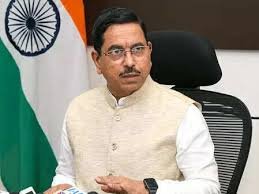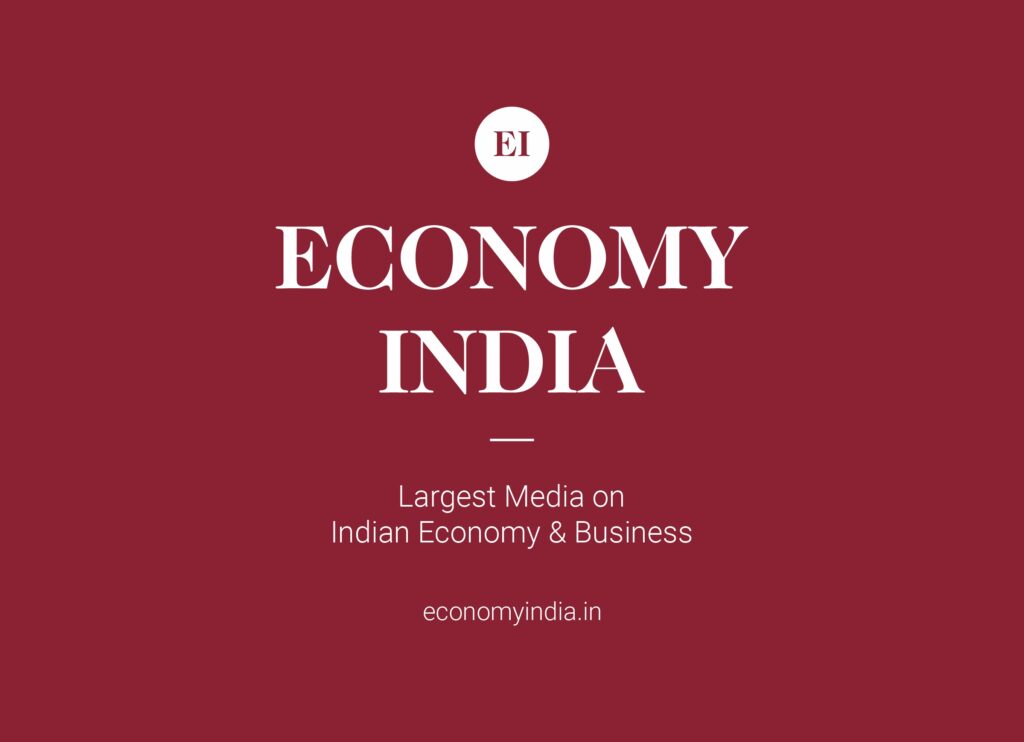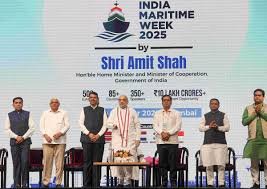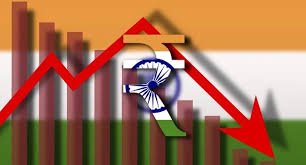India’s renewable energy capacity has tripled in a decade — rising from 81 GW in 2014 to 257 GW in 2025, driven by solar power expansion and clean energy policy reforms.
New Delhi ( Economy India): Union Minister for New and Renewable Energy Pralhad Joshi on Tuesday announced that India has emerged as the world’s fourth-largest renewable energy producer, achieving a total installed capacity of 257 gigawatts (GW) — a remarkable three-fold rise from 81 GW in 2014.
Speaking at the 8th Session of the International Solar Alliance (ISA) Assembly in New Delhi, Joshi highlighted the nation’s rapid strides in renewable energy transformation, particularly in the solar and wind sectors, underlining India’s commitment to a sustainable energy future.
“India is now the world’s 4th-largest in RE capacity. Renewables in 2014 vs now: 81 GW to 257 GW,” Joshi said, emphasizing the government’s continued focus on scaling up solar capacity and strengthening global partnerships through initiatives like ISA.
🌞 Solar Energy Leads India’s Clean Power Growth
According to official data shared by the minister, India’s solar power capacity has witnessed exponential growth — rising from a modest 2.8 GW in 2014 to 128 GW in 2025. The country now stands among the top five solar markets globally, contributing significantly to the global renewable energy transition.
The rapid expansion is attributed to a series of policy reforms, such as:
- The National Solar Mission and state-level renewable policies.
- Incentives for solar rooftop installations and hybrid projects.
- The PLI (Production-Linked Incentive) scheme for domestic solar module manufacturing.
These efforts have not only enhanced energy security but also positioned India as a key driver in achieving net-zero emissions by 2070, as pledged by Prime Minister Narendra Modi at the COP26 Summit.
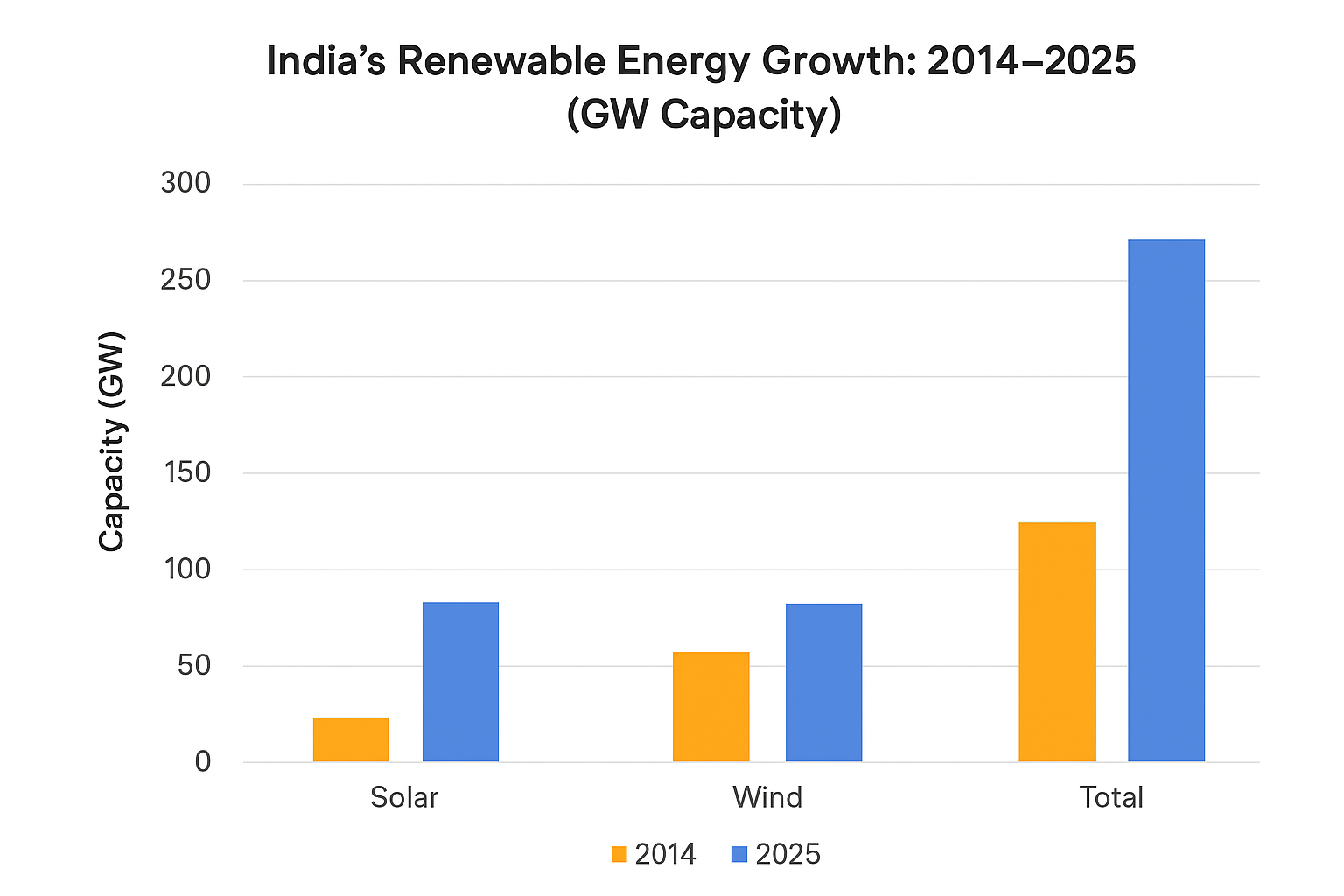
⚡ Wind and Hydro Power Contributions
While solar leads the charge, wind and hydro power remain essential pillars of India’s renewable mix. Together, they contribute more than 120 GW, supporting grid stability and powering rural and industrial zones.
Recent projects in Gujarat, Tamil Nadu, and Rajasthan have significantly expanded India’s renewable infrastructure footprint.
🌏 Global Recognition and Investment Opportunities
The International Solar Alliance (ISA), co-founded by India, has become a global platform for renewable collaboration. India’s leadership at the Assembly reaffirmed its role as a clean energy hub for the Global South.
Experts note that India’s renewable market could attract over $25 billion in foreign direct investment (FDI) in the next five years, especially as global firms seek alternatives to traditional fossil energy economies.
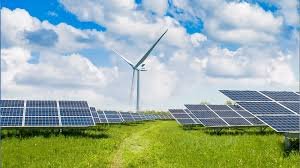
🧭 Roadmap to 500 GW by 2030
The government has set an ambitious target of 500 GW of renewable capacity by 2030, with over 50% of total power generation expected to come from clean sources.
To achieve this, India plans to:
- Scale up green hydrogen projects.
- Boost battery storage capacity.
- Strengthen transmission infrastructure for renewable integration.
The government also aims to enhance rural electrification through solar micro-grids and decentralized clean energy systems.
India’s transition from 81 GW to 257 GW within a decade showcases a powerful story of innovation, investment, and policy success. With continued focus on technology, affordability, and sustainability, the country is well-positioned to play a leading role in shaping the global renewable energy landscape.
As Minister Joshi summed up, “The journey from megawatts to gigawatts reflects India’s commitment to a cleaner, greener, and energy-secure future.”
(Economy India)

